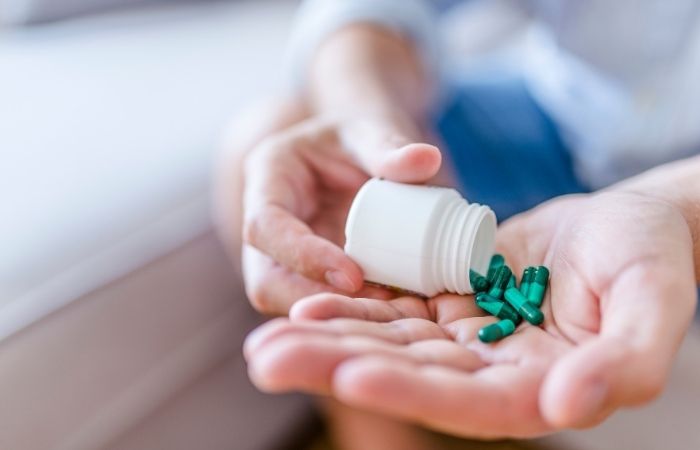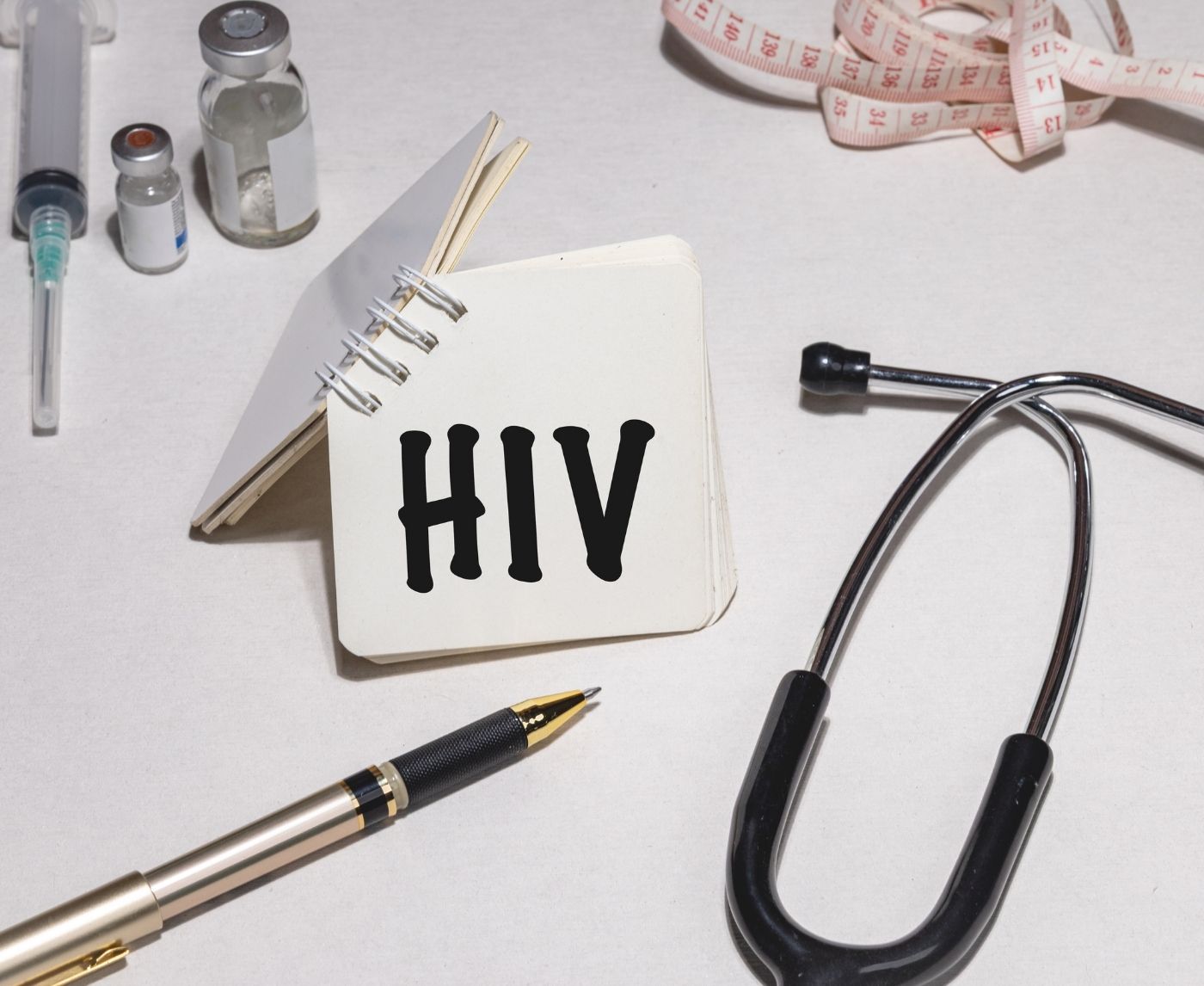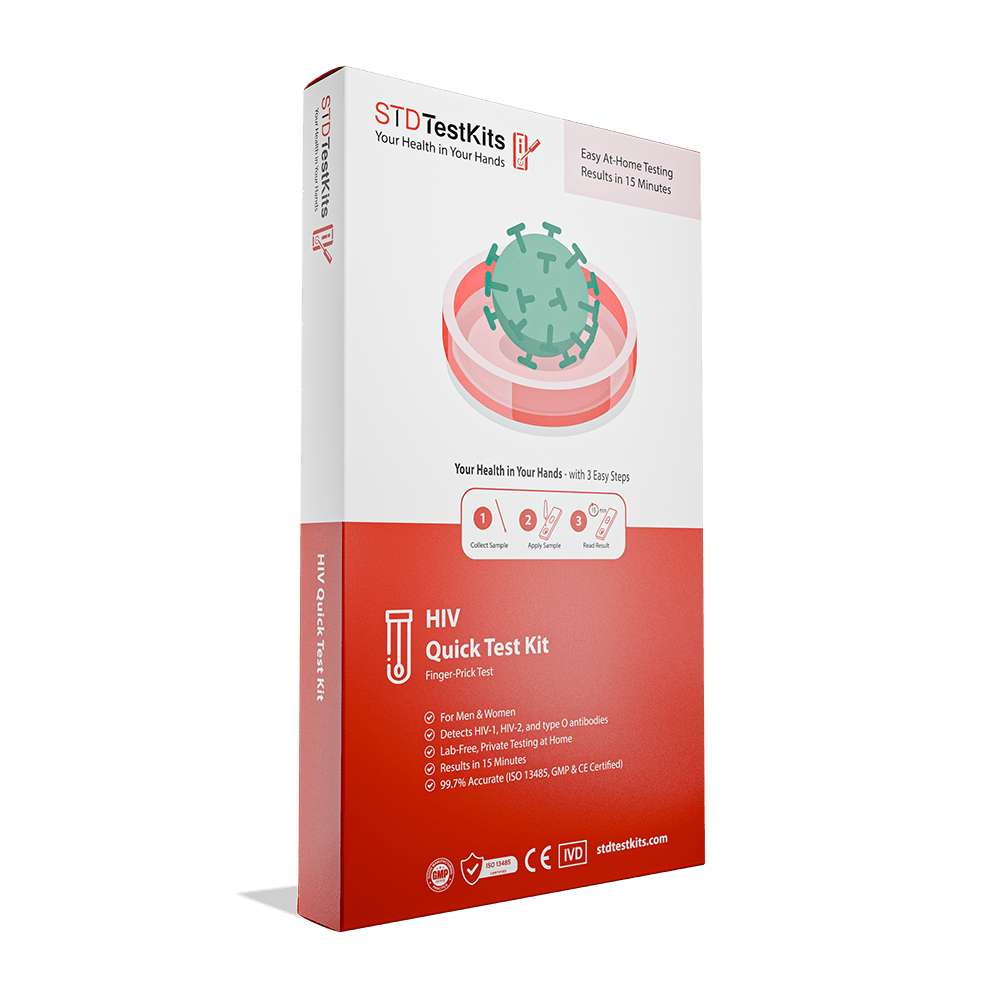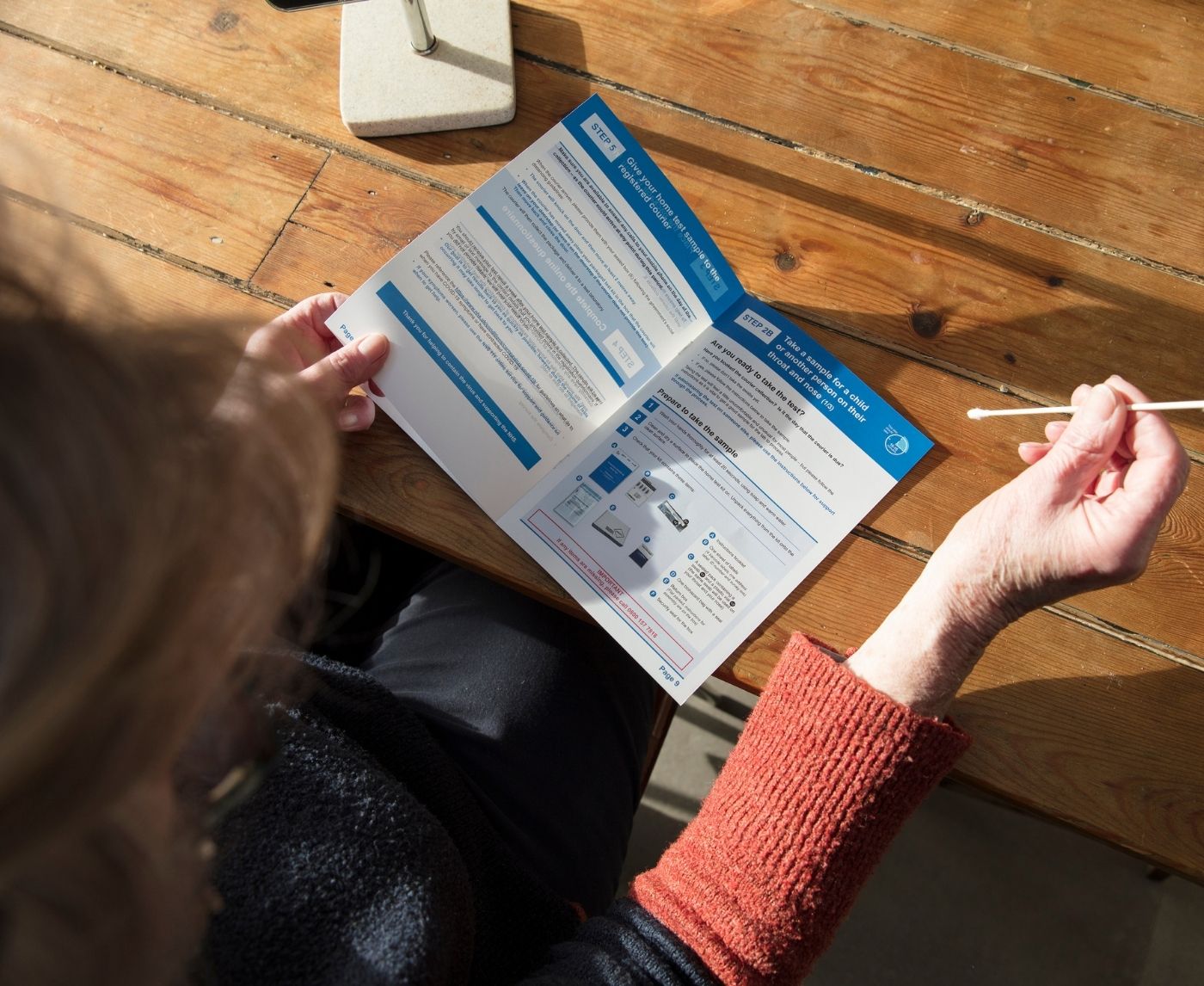KZN’s HIV Progress Is Real, But Here’s Why At-Home Testing Still Matters
Quick Answer: The referenced article reports that Lenacapavir, a long‑acting injectable HIV prevention option approved in June 2025 in the U.S. for twice‑yearly use, is nearing domestic production in India under licence. (Times of India) For the at‑home testing world this matters because easier prevention injectables may change when, why and how people seek testing (including home test kits) , shifting from “Did I skip a pill?” to “Am I due for my injection?” and “Do I still need this test?” This article reviews the implications for at‑home STD/HIV test kits and the user behaviours around them.
Who This Matters For: From Clinic Fatigue to Private Peace of Mind
If you're reading this, odds are you’ve either used an at-home test or seriously considered it. Maybe you're tired of the monthly PrEP pill grind. Maybe you're navigating hookup culture while staying responsible. Or maybe you're one of the millions who’ve delayed getting tested because of stigma, cost, or just plain fear. The idea of a twice-a-year injection that keeps you protected from HIV? That’s huge. But it doesn’t erase the need to test, and it raises new questions about how and when we test, especially if we're relying more on prevention medication and less on symptoms.
Take, for instance, Alejandro, 29, who switched to injectables because
“I kept forgetting pills. Then I’d spiral, ‘Did I mess up last week?’ I’d scramble for a test.”
With Lenacapavir, he’s more confident, but he still keeps an at-home rapid HIV test on hand “just in case.” That’s where this new landscape is heading: prevention and testing as partners, not substitutes. And for countries like India, where access to PrEP has been patchy, local manufacturing may finally bridge that gap, if testing tools keep up.

People are also reading: What a Major School Study Taught Us About Where Sexual Health Education Falls Short
The Shot Heard Around the World: What Is Lenacapavir?
Lenacapavir, marketed as Yeztugo, is a capsid inhibitor that works unlike any previous PrEP drug. Rather than requiring daily adherence like traditional oral PrEP (Truvada or Descovy), it’s injected subcutaneously every six months. Approved by the FDA in June 2025, it’s shown excellent efficacy with one of the lowest failure rates among prevention drugs, according to clinical trials published in NEJM. And now, Indian pharmaceutical firm Cipla may soon begin production under license, expanding access to a country with nearly 2.4 million people living with HIV as of the last UNAIDS estimate.
The move could massively increase affordability and accessibility. But here’s the kicker: Just because you’re on PrEP, or plan to be, doesn’t mean you never need to test. In fact, testing remains vital, especially when you consider STDs like syphilis, gonorrhea, and chlamydia don’t get blocked by PrEP at all. And even with HIV, injectable protection doesn’t override the window period or the rare possibility of seroconversion due to injection failure or drug resistance. So the testing conversation just evolved, it didn’t end.
How At-Home HIV Testing Fits Into the Injection Era
At-home testing isn’t going anywhere, in fact, it might be more critical now than ever. Why? Because long-acting HIV prevention creates new blind spots. When someone’s on a daily pill, there’s a rhythm. You’re reminded daily that you’re actively protecting yourself. But when you only get an injection every six months, it’s easy to lose that feedback loop. Testing becomes more self-initiated, more event-based, and that’s where at-home kits shine.
Imagine this: You had your Lenacapavir shot in January. By May, you’re four months in, still covered. But then you have a high-risk encounter, condomless sex, maybe with someone whose status you don’t know. You feel fine, but your anxiety spirals. You don’t want to wait two more months for your next clinic visit. That’s where a home HIV rapid test becomes a lifeline. It offers fast reassurance or early detection, especially when follow-up testing is part of a smart self-care strategy.
Injectables reduce new infections, no doubt. But they don’t eliminate risk entirely, and they definitely don’t cover other STDs. That’s why at-home combo kits that screen for multiple infections remain a crucial tool in any prevention strategy. What changes is how they’re used: less routine, more situational. Less “monthly must” and more “I had a moment and I need clarity now.”
Comparing Prevention Paths: Shots, Pills, or Nothing?
To understand where at-home testing fits into the new world of PrEP, it helps to zoom out. Here’s how different approaches stack up, and what that means for testing habits:
Figure 1. HIV prevention methods and how they impact testing routines. Even with long-acting protection, regular testing remains essential, especially for infections PrEP doesn't block.
When to Test, and When to Retest, on Long-Acting PrEP
If you're using, or considering, the injectable PrEP shot, timing is everything. Just because you're protected against HIV doesn't mean you're in the clear. Here's what matters: the HIV window period, your testing history, and any recent risk exposures. The window period for most rapid HIV tests is about 2–6 weeks. That means you might get exposed and not test positive until your body produces detectable antibodies.
Say you’re on Lenacapavir and you have condomless sex three weeks after your injection. You're probably still protected. But if you’re exposed to other infections like syphilis or gonorrhea, you may be totally unaware. Many STDs stay asymptomatic for weeks, or forever. That’s why we recommend retesting after high-risk encounters, even if you're on PrEP. Waiting 30 days post-exposure gives you a more accurate read, especially if you're using a home test kit.
If you're not sure when you last tested, or if you're overdue, this is your nudge. You can order a discreet combo STD test kit here and get results in minutes. No clinic visits, no waiting rooms, no judgment.
“I Thought I Didn’t Need to Test Anymore”
Priya, 33, got her first Lenacapavir shot in a private clinic in Mumbai.
“It felt liberating,” she says. “No more pills, no daily reminders that I was ‘at risk.’”
For six months, she didn’t test. Then came the fever, swollen lymph nodes, and confusion. Turns out, she’d picked up syphilis, something injectable PrEP doesn’t protect against. “I felt stupid,” she admits. “I thought being responsible with HIV meant I was safe from everything.” Her takeaway? “I should’ve tested. I just assumed I was done.”
Priya’s story isn’t rare. New tools always shift habits, and assumptions. As injectables take off, it’s vital to keep testing in the conversation, not behind it. Testing isn’t just about confirming infection. It’s about checking your blind spots. Especially when your prevention method doesn’t guard against everything.
How Accurate Are At-Home HIV Tests Post-Injection?
Here’s the good news: most FDA-approved at-home HIV tests still work reliably for people on PrEP, whether pills or injections. That said, there’s nuance. Some at-home tests detect antibodies, while others detect antigens or viral RNA. Timing affects all of them. The longer you wait after a possible exposure, the more accurate your result will be.
Here’s a comparison of testing methods and what to expect, whether you're on injectables or not:
Figure 2. Test type comparison for HIV detection. For most users on PrEP, an antibody-based at-home test is sufficient if taken after the window period.
Don’t Make These Common Testing Mistakes
It’s easy to screw up an at-home test, especially when you’re stressed. Here's what not to do, no matter what type of PrEP you’re on:
- Testing too soon: Even the best test can’t outsmart biology. Wait at least 2–3 weeks after a risk event, or retest later for confirmation.
- Using expired kits: Always check the date. An old kit may give false reassurance or unclear lines.
- Reading results too early or too late: Set a timer. Don’t wing it. Most test strips need 15–20 minutes, not 5, not 60.
- Assuming protection is 100%: No method is perfect. Even injectables, as promising as they are, don’t erase risk entirely.
The truth is, testing empowers you. And if the idea of walking into a clinic still makes your stomach drop, at-home combo kits offer a stigma-free path to clarity. Discreet shipping, no awkward questions, and results in minutes.

People are also reading: What 500,000 Free Condoms Say About STD Risk (And What It Doesn’t Cover)
FAQs
1. Do I still need to test if I’m on the HIV prevention shot?
Yep, shots like Lenacapavir are powerful, but they don’t make you invincible. They block HIV, not other STDs like chlamydia, gonorrhea, or syphilis. And while PrEP failure is rare, it’s not impossible. Testing keeps you in the know, not in the dark.
2. How soon after sex can I use a home HIV test?
If it was recent, like within the last week, hold up. Most home HIV tests look for antibodies, and those take time to show up. You’ll get the most accurate results around 3 to 12 weeks post-exposure. Earlier than that? Consider a retest later, even if your first result is negative.
3. Can home tests catch early HIV infection?
Some might, but not reliably. Most at-home tests aren’t built for that first 10-day window after exposure. If you’re trying to catch it early, say, after a high-risk situation, a lab-based RNA test is your best bet. Think of home tests more like a solid follow-up tool, not a panic-button detector.
4. Does Lenacapavir protect me from all STDs?
No, just HIV. It’s a targeted shield, not a force field. You’re still vulnerable to herpes, trichomoniasis, HPV, and others. That’s why regular combo testing, especially for people with multiple partners, is still non-negotiable.
5. Can I use home STD tests while on PrEP injections?
Absolutely. Your PrEP status doesn’t mess with how tests work. Just make sure you follow the right testing timelines for each STD. Example: gonorrhea or chlamydia usually show up on tests within 7–14 days post-exposure. Don’t just test randomly, time it smart.
6. What if my test result looks faint or unclear?
That faint line still matters. In most cases, a faint positive is still a positive. Always read the instructions that come with the kit, and if you’re unsure, test again or confirm at a clinic. Don’t brush it off. “Probably fine” isn’t peace of mind.
7. Do I need a prescription to order home test kits?
Not usually. Brands like STD Test Kits let you buy discreetly, no awkward pharmacy line, no insurance battle. Just order online, test at home, and keep your results private.
8. Is Lenacapavir available worldwide yet?
Not quite, but it’s expanding fast. As of late 2025, countries like India are prepping for local production. In the U.S., it's FDA-approved. Other high-need areas are in line next. If you’re outside the U.S., availability depends on your country’s regulatory timeline.
9. If I’m on injectable PrEP, can I skip condoms?
That’s your call, but here’s the deal: PrEP protects against HIV, full stop. It doesn’t stop syphilis or gonorrhea. Condoms are still a smart backup, especially in casual or new partnerships. If you do skip them, just make sure your testing game is strong.
10. How do I know if a home test is legit?
Look for FDA clearance (U.S.) or CE certification (Europe). Trustworthy brands shout this from the rooftops. If it’s vague, has no expiration date, or comes in mystery packaging? Skip it. Your health deserves better than a sketchy swab from an unknown seller.
You Deserve Answers, Not Assumptions
The arrival of long-acting injectable PrEP is a win. It gives people freedom, autonomy, and powerful protection, but it doesn’t erase the need for regular check-ins with your body. Testing, especially at home, is still your best friend after a late-night slip, a new partner, or just a gut feeling that something’s off.
If you’ve had a risky encounter or you just want to make sure your prevention plan is doing its job, don’t wait and wonder. This at-home combo test kit checks for the most common STDs discreetly and quickly, no questions asked, no clinic necessary.
How We Sourced This Article: We combined current guidance from leading medical organizations with peer-reviewed research and lived-experience reporting to make this guide practical, compassionate, and accurate. In total, around fifteen references informed the writing; below, we’ve highlighted six of the most relevant and reader-friendly sources.
Sources
Game-changing HIV prevention shot may soon be made in India
NEJM Study: Lenacapavir for HIV Prevention
AVERT: Biomedical HIV Prevention Strategies
HIV.gov: Using Medication to Prevent HIV
PMC: Understanding PrEP User Behavior and Testing Patterns
About the Author
Dr. F. David, MD is a board-certified infectious disease specialist focused on STI prevention, diagnosis, and treatment. He blends clinical precision with a no-nonsense, sex-positive approach and is committed to expanding access for readers in both urban and off-grid settings.
Reviewed by: Dr. T. Ameen, MPH | Last medically reviewed: November 2025
This article is for informational purposes and does not replace medical advice.






